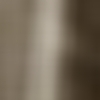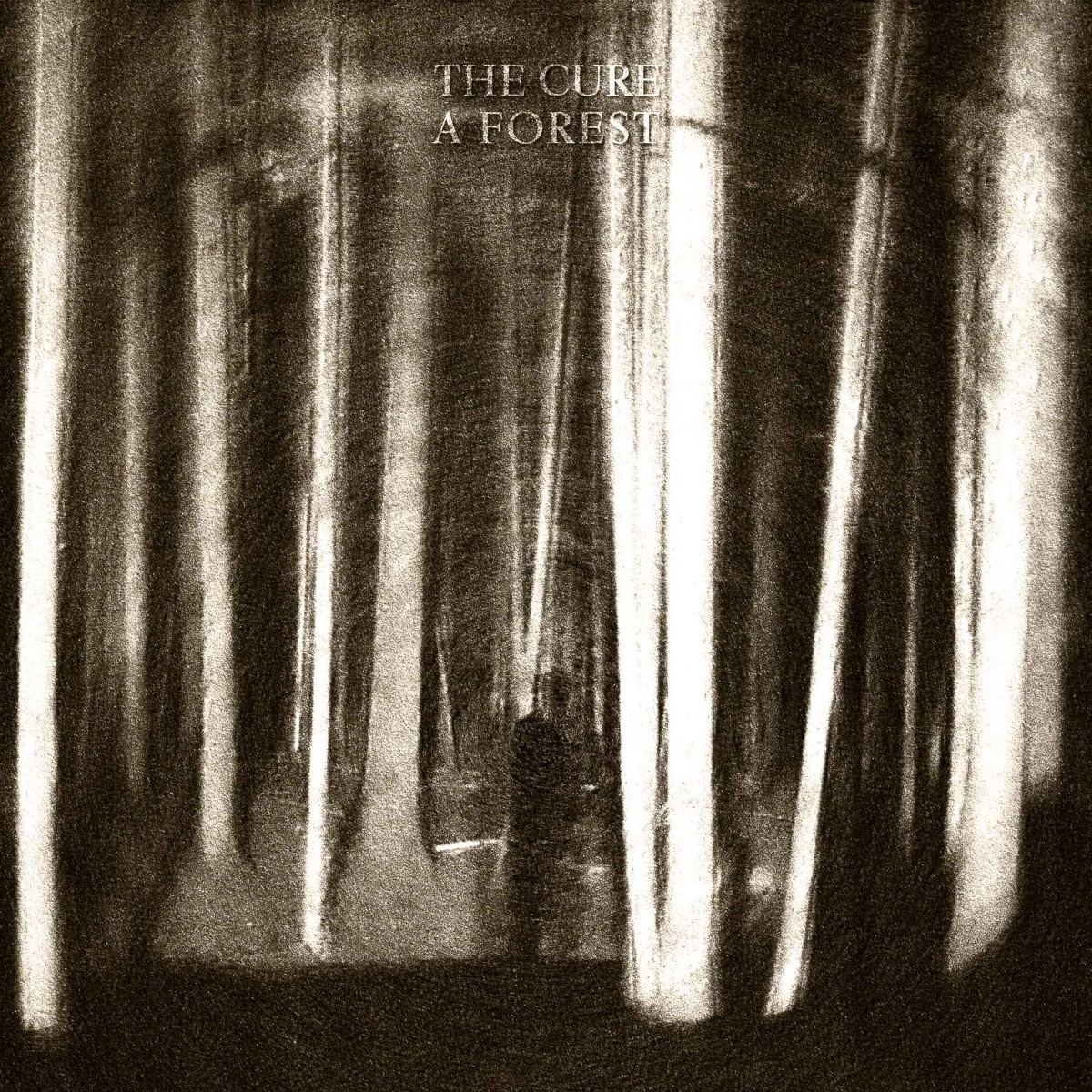
The Cure
Out of all the bands that emerged in the immediate aftermath of punk rock in the late '70s, few were as enduring and popular as the Cure. Led through numerous incarnations by guitarist/vocalist Robert Smith (born April 21, 1959), the band became well-known for its slow, gloomy dirges and Smith's ghoulish appearance, a public image that often hid the diversity of the Cure's music.
At the outset, the Cure played jagged, edgy pop songs before slowly evolving into a more textured outfit. As one of the bands that laid the seeds for goth rock, the group created towering layers of guitars and synthesizers, but by the time goth caught on in the mid-'80s, the Cure had moved away from the genre. By the end of the '80s, the band had crossed over into the mainstream not only in its native England but also in the United States and in various parts of Europe. The Cure remained a popular concert draw and reliable record-seller throughout the '90s, and their influence could be heard clearly on scores of new bands during the new millennium, including many that had little to do with goth.
Originally called the Easy Cure, the band was formed in 1976 by schoolmates Smith (vocals, guitar), Michael Dempsey (bass), and Laurence "Lol" Tolhurst (drums). But it took until the February of 1979 and a change of name until the Cure embarked on its first tour of England. The Cure's debut album, Three Imaginary Boys, was released in May 1979 to positive reviews in the British music press. Later that year, the group released the non-LP singles "Boys Don't Cry" and "Jumping Someone Else's Train." That same year, the Cure embarked on a major tour with Siouxsie and the Banshees. During the tour, the Banshees' guitarist, John McKay, left the group and Smith stepped in for the missing musician. For the next decade or so, Smith would frequently collaborate with members of the Banshees.
The band's second album, Seventeen Seconds, was issued in the spring of 1980. The addition of a keyboardist expanded the group's sound, was which now more experimental and often embraced slow, gloomy dirges. Nevertheless, the band still wrote pop hooks, as demonstrated by the group's first U.K. hit single, "A Forest," which peaked at number 31.
After the release of Seventeen Seconds, the Cure launched its first world tour.
The Cure's fourth album, the doom-laden, introspective Pornography, was released soon after in 1982. Pornography expanded their cult audience even further and cracked the U.K. Top Ten.
By the late summer of 1983, a new version of the Cure featuring Smith, Tolhurst, drummer Andy Anderson, and bassist Phil Thornalley had assembled and recorded a new single, a jaunty tune named "The Lovecats." The song was released in the fall of 1983 and became the group's biggest hit to date, peaking at number seven on the U.K. charts. The new lineup of the Cure released The Top in 1984. Despite the pop leanings the number 14 hit "The Caterpillar," The Top was a return to the bleak soundscapes of Pornography.
Later in 1985, the Cure released their sixth album, The Head on the Door. The album was the most concise and pop-oriented record the group had ever released, which helped send it into the U.K. Top Ten and to number 59 in the U.S., the first time the band had broken the American Hot 100.
1987's double album Kiss Me, Kiss Me, Kiss Me. was eclectic but it was a hit, spawning four hit singles in the U.K. ("Why Can't I Be You," "Catch," "Just Like Heaven," "Hot Hot Hot!!!") and the group's first American Top 40 hit, "Just Like Heaven."
Their eighth album, Disintegration, Released in the spring of 1989, was more melancholy than its predecessor, but it was an immediate hit, reaching number three in the U.K. and number 14 in the U.S., and spawning a series of hit singles. "Lullaby" became the group's biggest British hit in the spring of 1989, peaking at number five. In the late summer, the band had its biggest American hit with "Love Song," which climbed to number two. On the Disintegration tour, the Cure began playing at stadiums across the U.S. and the U.K.
Throughout 1995, the Cure recorded their tenth proper studio album, pausing to perform at a handful of European musical festivals in the summer. The album, titled Wild Mood Swings, was finally released in the spring of 1996, preceded by the single "The 13th."
The Cure spent the next few years quietly - giving a song to the X-Files soundtrack, Robert Smith appearing in a memorable episode of South Park re-emerging in 2000 with Bloodflowers, their last album of original material, for Fiction. Designed as the final instalment in a heavy goth trilogy that stretched all the way back to Pornography and included Disintegration, Bloodflowers was well-received and a respectable success, earning a Grammy nomination for Best Alternative Music Album.
The Cure popped up on various festivals over the next years, playing a more extensive European tour in early 2008, as they completed their 13th album. After a three-year break, the group returned to the live circuit with their "Reflections" tour kicking off in Australia and seeing the return of original drummer and keyboardist Lol Tolhurst after some 22 years which saw the band play their first three albums, Three Imaginary Boys, Seventeen Seconds, and Faith, in their entirety.

